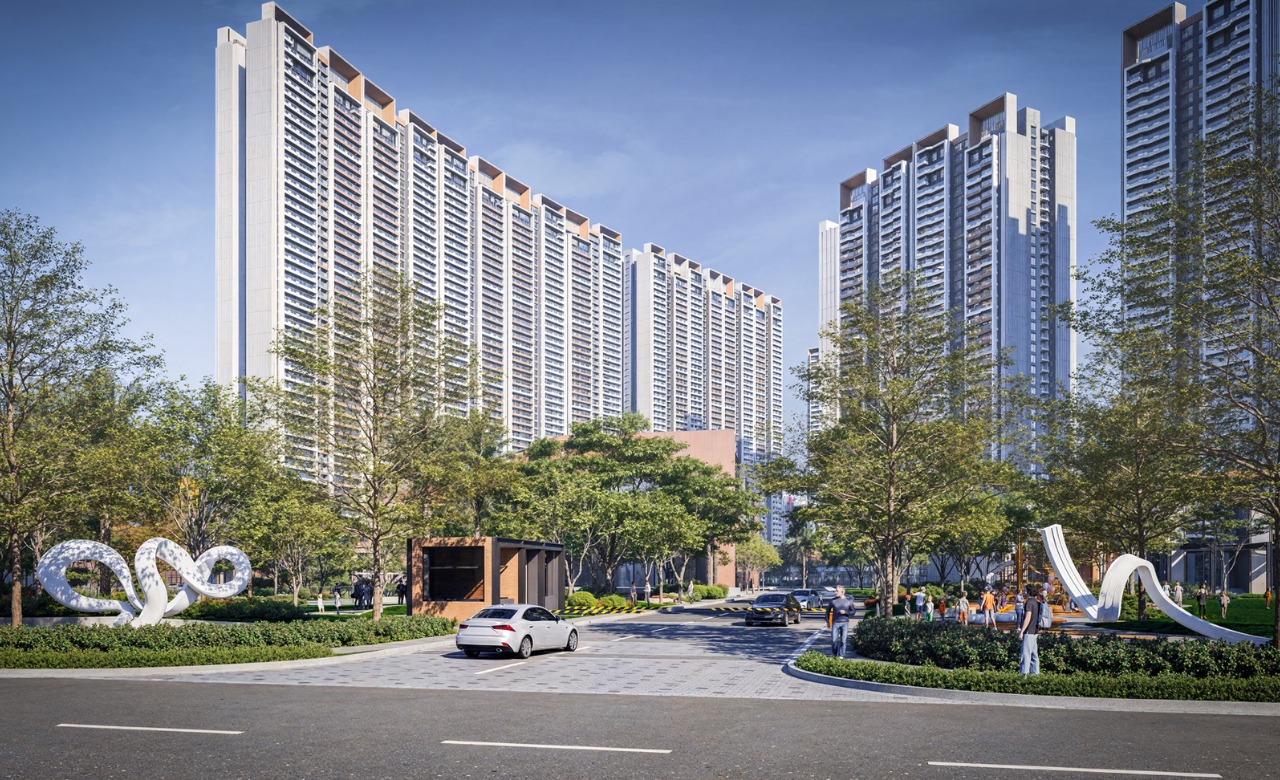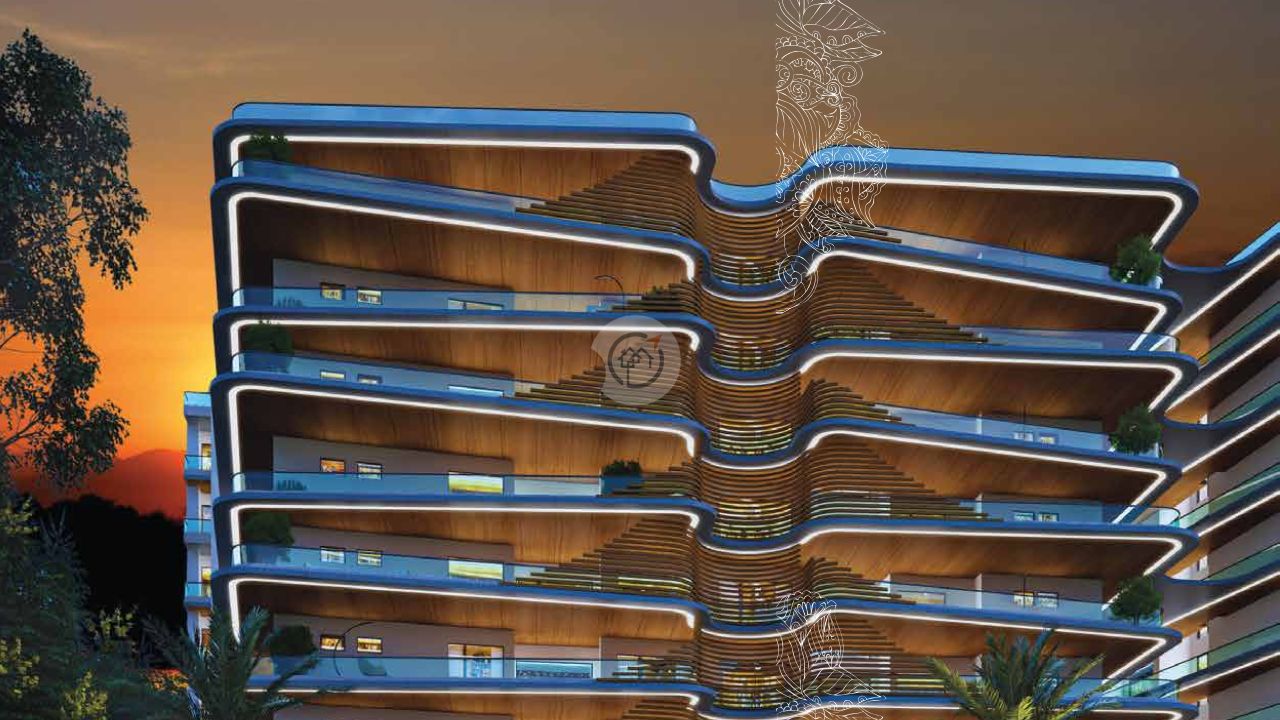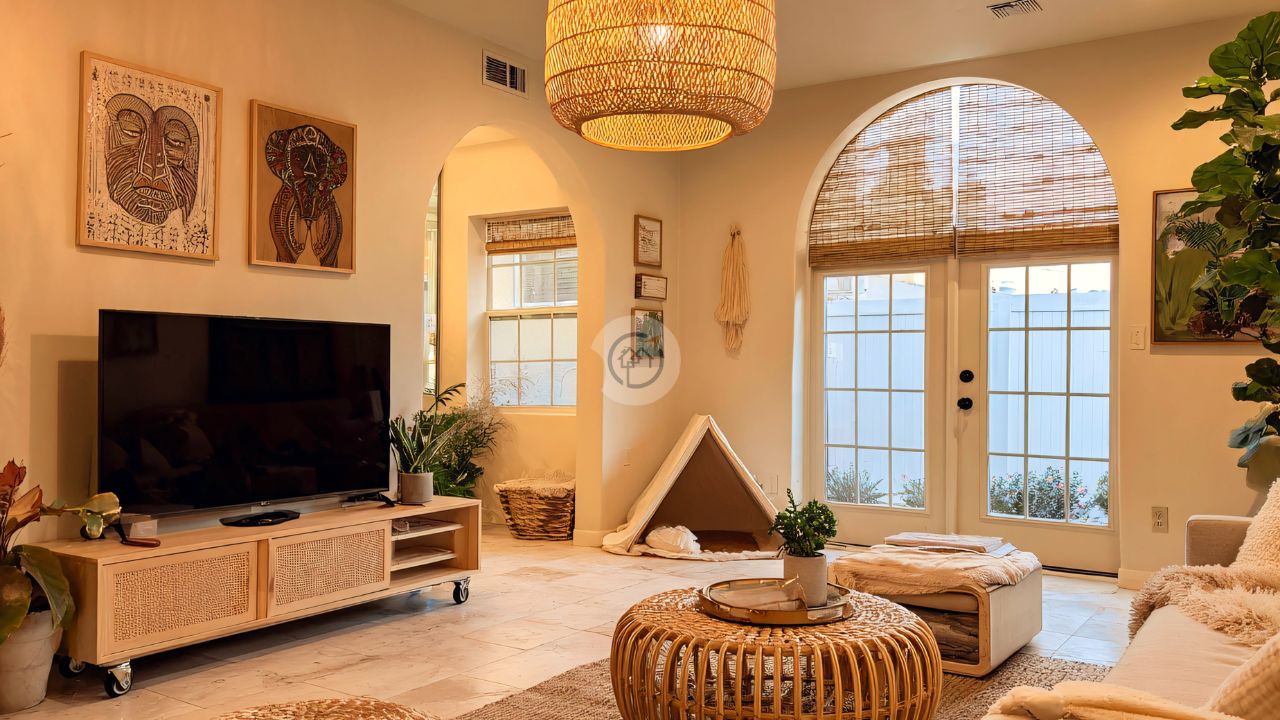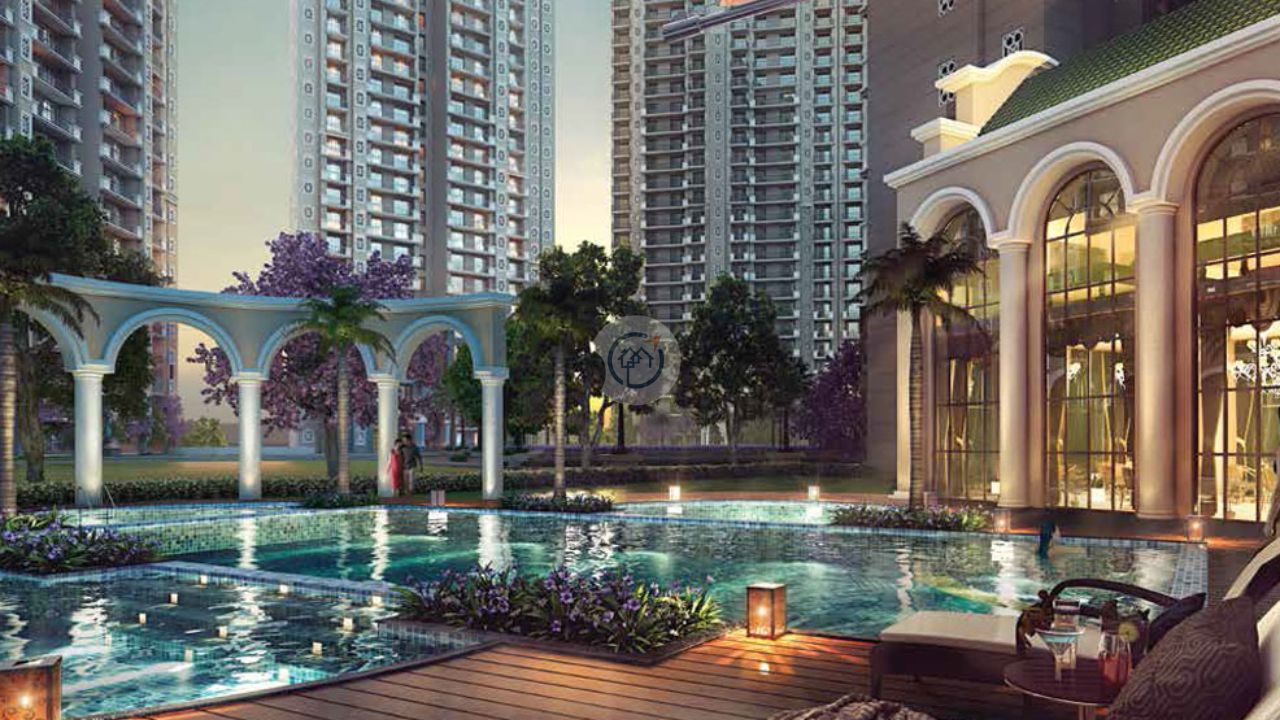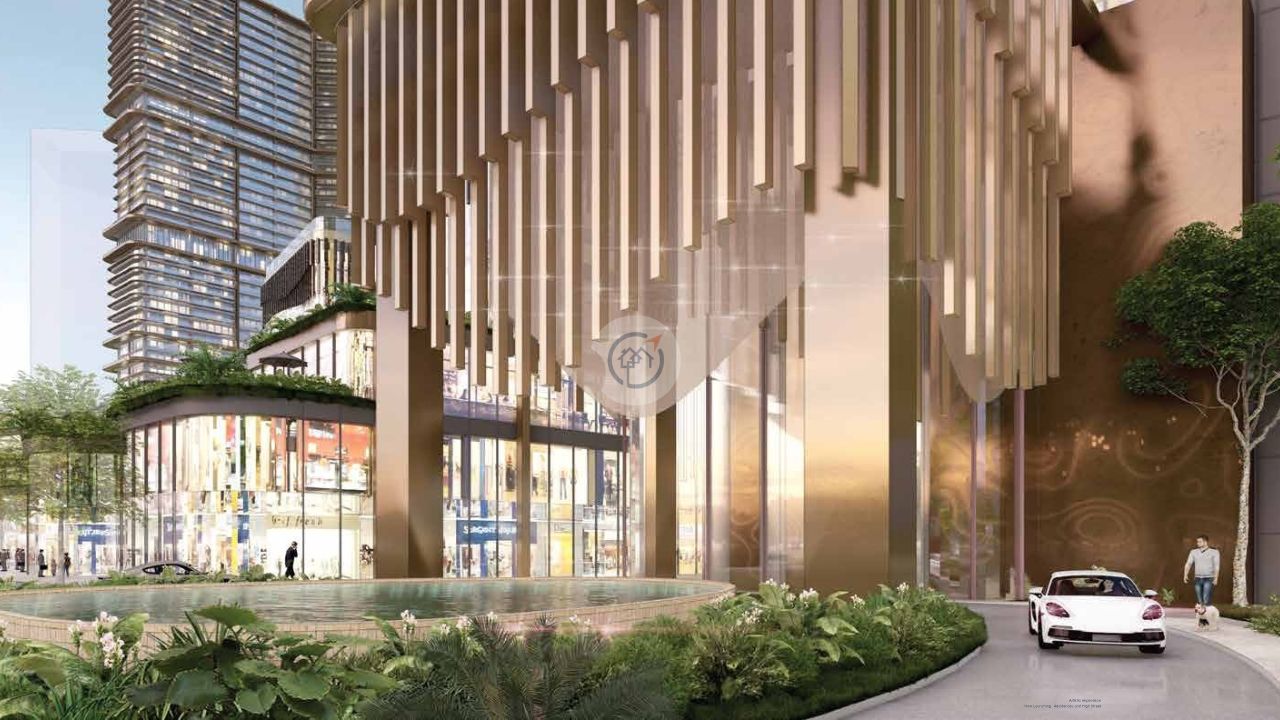It’s true — the market is currently facing a slowdown, but does that mean we’re on the brink of a collapse?
Our answer: No.
While a slowdown is evident and expected, a market crash is not on the horizon — at least not for now.
In this blog, we’ll break down why the NCR market is slowing down, what’s causing it, and what it means for buyers, developers, and investors.
Let’s explore the three main reasons behind this trend — with real-world context from micro-markets like Greater Noida West, especially Sector 10 and 12.
Reason 1: Price Saturation in Overperforming Micro-Markets
Whenever a market performs strongly for a prolonged period, prices tend to rise significantly — sometimes beyond the real value of the product. At some point, buyers start feeling that the pricing isn’t justified anymore, and that’s when a slowdown hits, followed by price correction.
These sectors have been witnessing rapid launches over the past 2–3 years, and many projects are now significantly overpriced. Interestingly, even well-established developers — with a solid track record — are struggling to sell units in this region. That's a clear sign of buyer resistance.

Let’s dig deeper
You can find 3BHKs in 1100 sq. ft. formats, and on the other hand, there are newly launched projects where the minimum apartment size starts from 2500 sq. ft.
However, most of the smaller-sized inventory is already sold out.
What's left is large-size, high-ticket inventory that doesn’t appeal to a majority of mid-income buyers.
In the past six months, there has been a steady stream of site visits, but conversion rates have dropped drastically. And the number one reason? Overpricing.
While it's true that developers are paying nearly double the authority reserve price for land, and the payment timelines are more stringent now (land payments are due in just 3 months instead of several years), the project pricing still isn’t fully justified — even with increased land costs factored in.
Their product mix and pricing strategy will be a litmus test for the entire market.
Will Godrej be able to offer competitive pricing despite the high land cost? Only time will tell. But one thing is certain — developers must get smarter and more strategic if they want to sustain in this market.

Reason 2: Mismatch Between Buyer Demand and Developer Supply
The second, and possibly the biggest reason for the slowdown is that developers have overlooked actual buyer demand.
Since the COVID-19 pandemic, developers have consistently launched larger apartments, assuming that’s what the post-pandemic buyer prefers. However, this assumption seems to be disconnected from reality.
Buyers want compact 2BHK and 3BHK units — but the market doesn’t have enough of them.
In many new launches over the past two years, either 2BHKs are completely missing, or they’re present in negligible numbers.
Even the starting sizes of 3BHKs have increased significantly, pushing them out of budget for many mid-segment families.
Let’s consider a hypothetical, but realistic product
A project in Greater Noida West offering:
2BHKs and 3BHKs
Pricing between ₹8,000–₹9,000 per sq. ft.
A project like this would see excellent demand even in today’s slow market — because it matches what the actual homebuyer wants.
But the bigger question is — why aren’t such apartments being built?
Has the affordable mid-size segment been completely ignored by developers?
This remains one of the most important questions in today’s market landscape.
If you know of any project that fits this brief, share it with our viewers — the demand is real and waiting.
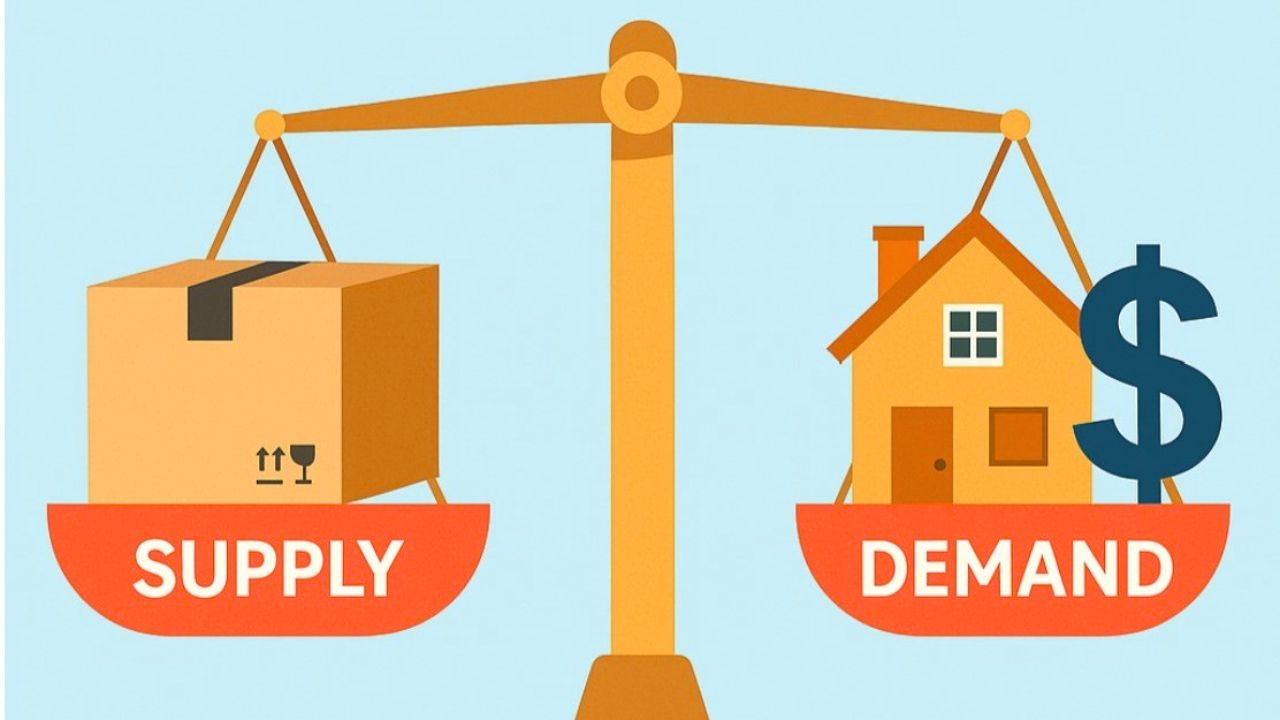
Reason 3: Global Economic Uncertainty & Buyer Caution
Among the top reasons for the current real estate slowdown is uncertainty on the global front. Inflation spikes, unstable trade policies, and friction between economic giants like the U.S. Sectors like IT and exports, in particular, are starting to struggle.
While the economy is steady overall, its IT and export-linked sectors are beginning to face challenges.
Supply chain breakdowns sparked by the U.S.-China trade war is just one manifestation of the larger issue.
New tax policies by former President Trump have increased uncertainties for export businesses.
Layoff fears are rising in certain Indian sectors that are closely tied to global demand.
This is especially important in the context of NCR real estate — because a large proportion of buyers come from the IT and service sector.
With even a slight sense of instability in job or income security, these professionals are delaying home purchase decisions. It's not that they can’t afford homes — it’s that they’re waiting for more predictable conditions.
Final Thoughts
The demand for housing in the NCR has not evaporated. It has simply become more discerning, cautious, and value-conscious. A project that is priced right and designed for the right target audience can still command a fantastic response from the market.
The current market conditions are undoubtedly challenging. Any developer who launches a project without a thorough study of the on-ground reality is highly likely to struggle with sales.
For Developers
The market has become challenging.
If you’re launching a project without studying current buyer needs, price expectations, and global sentiment — sales will be a struggle.
The successful projects ahead will be those that offer the right product at the right price.
If your income is stable and your industry is not under immediate threat from global headwinds, this could be a good time to buy.
You can still negotiate favorable payment plans and price points, especially in underperforming projects.
Just make sure you understand the actual cost of ownership — look at the carpet area, not just the built-up area, and calculate wisely.

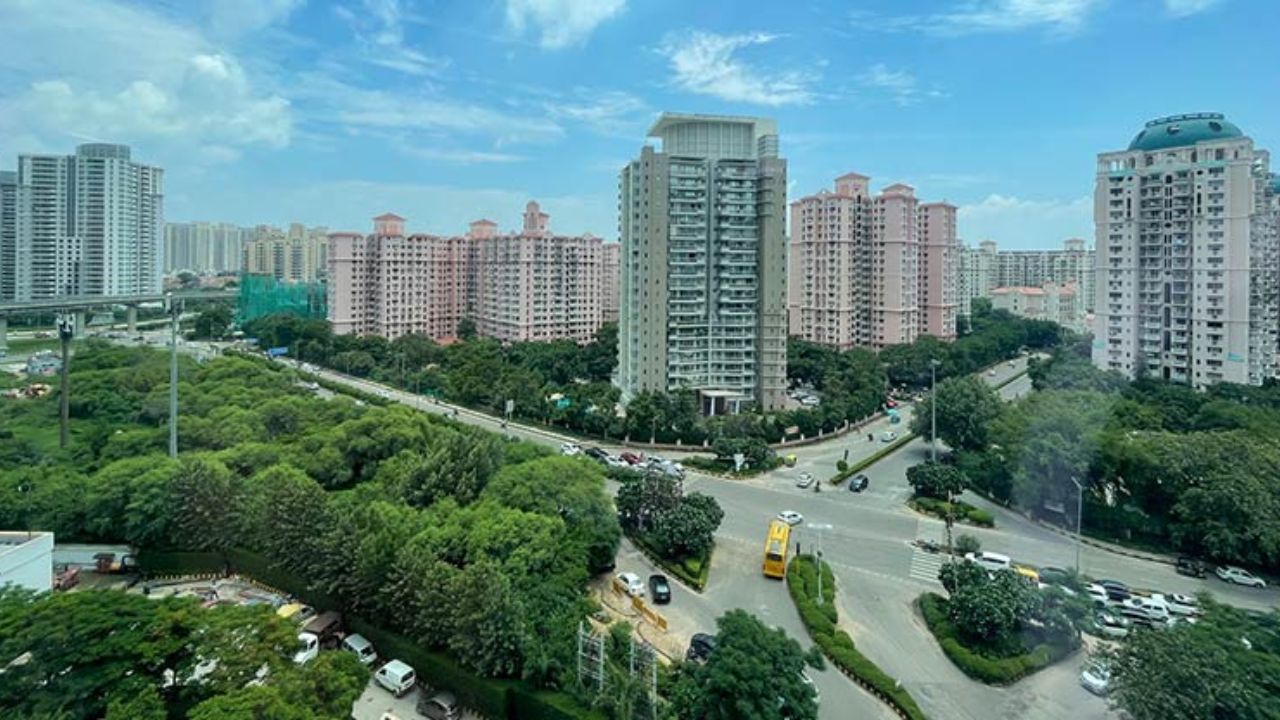
.png)


